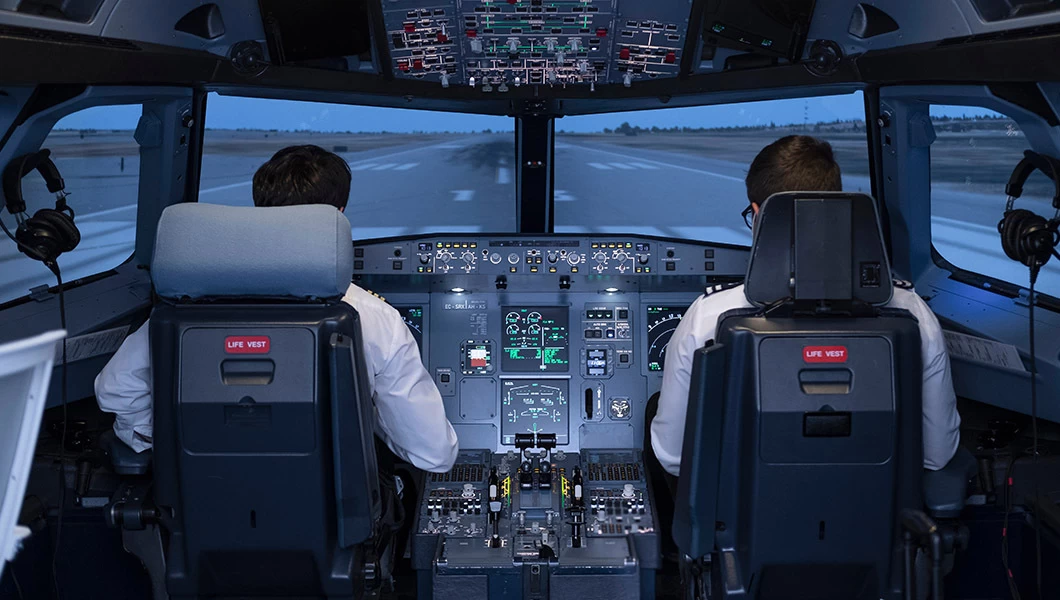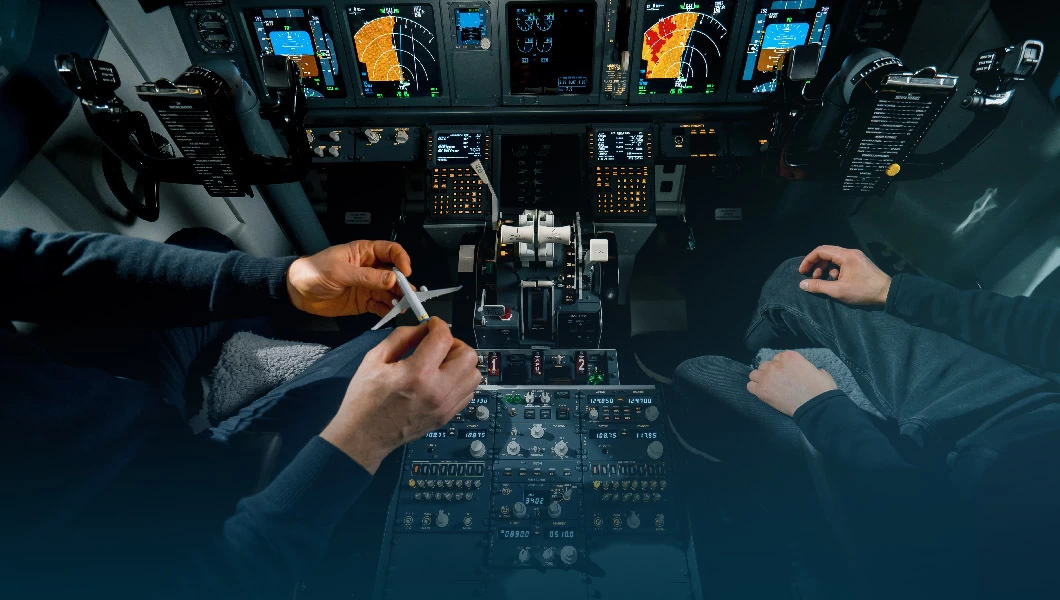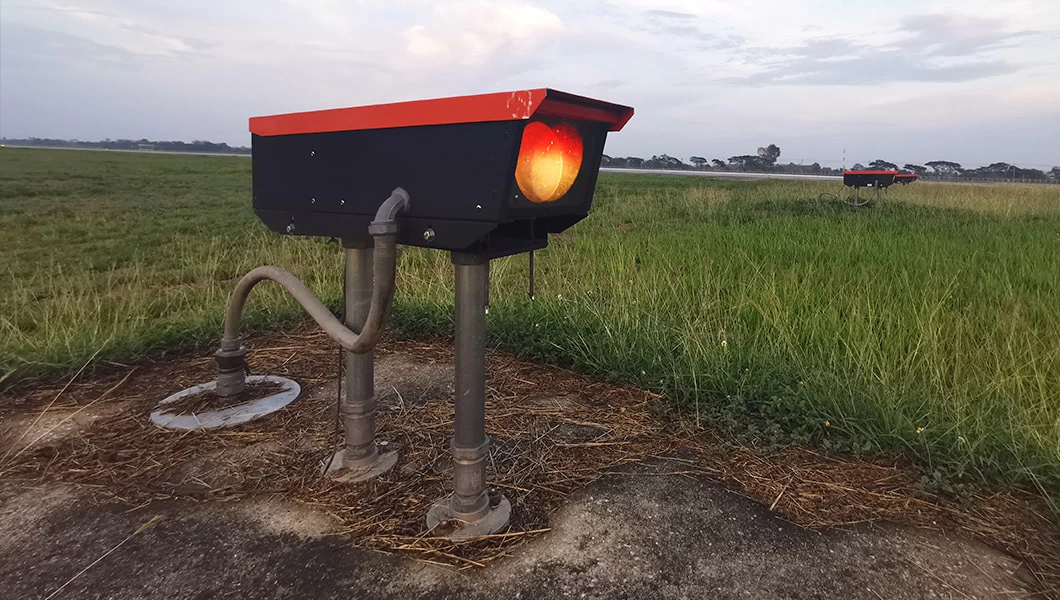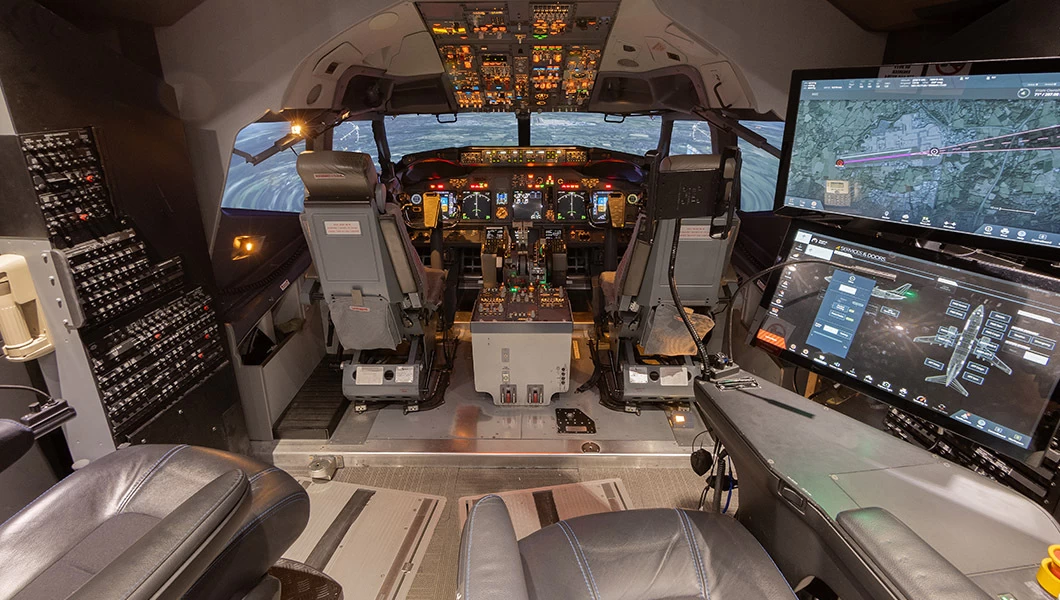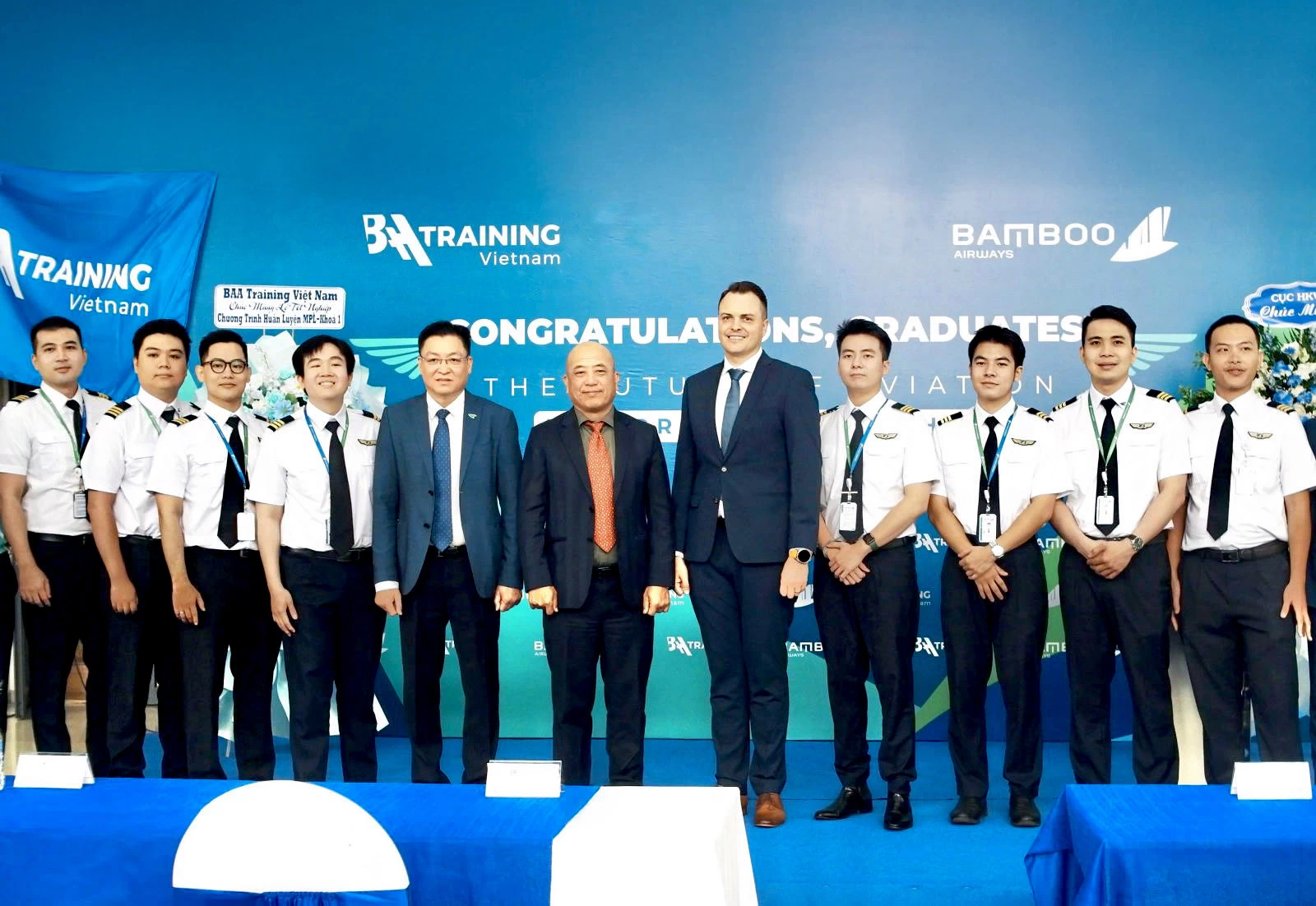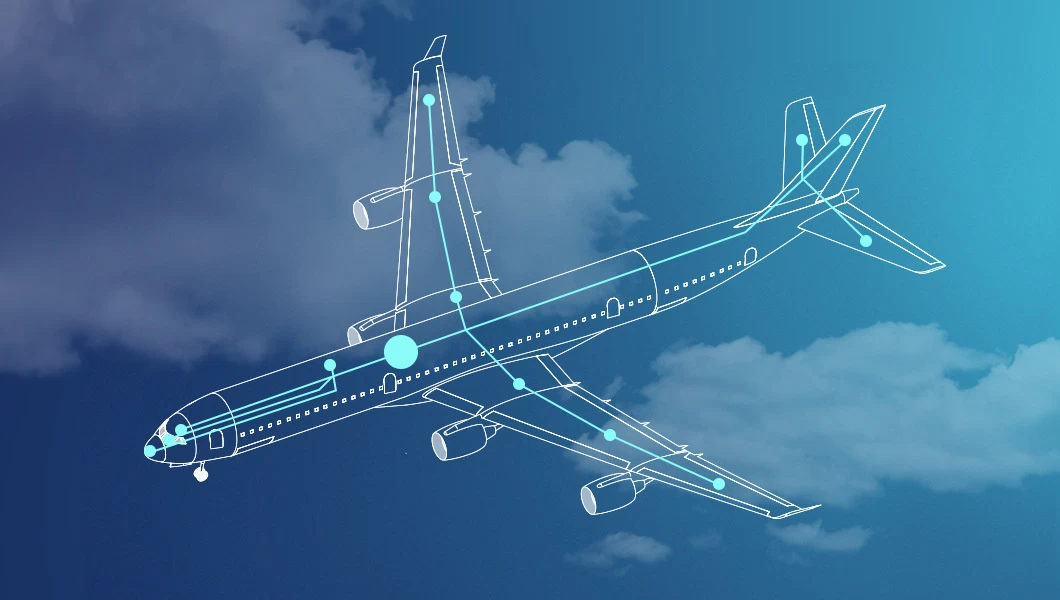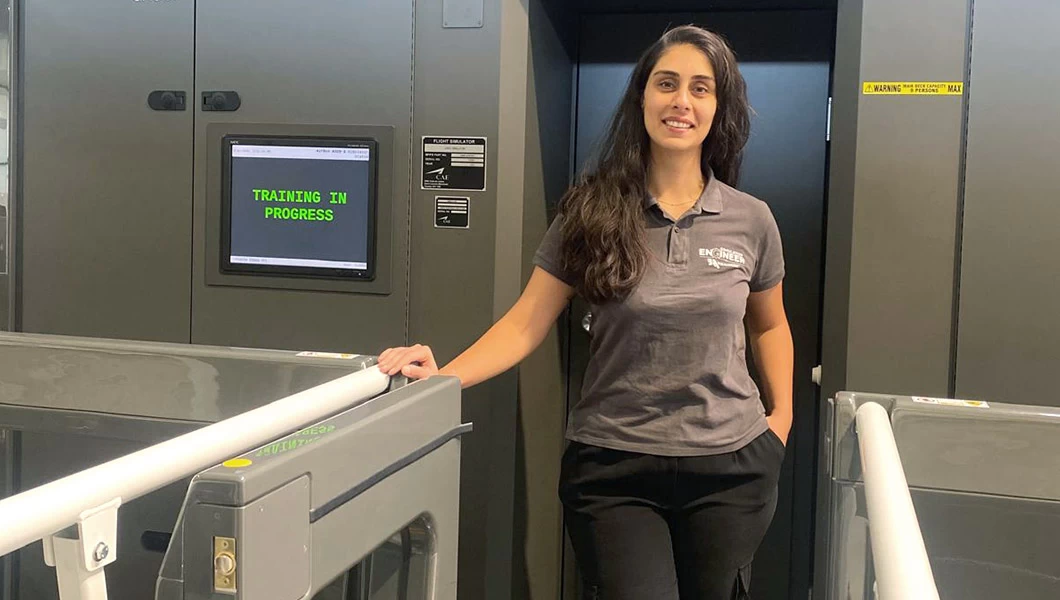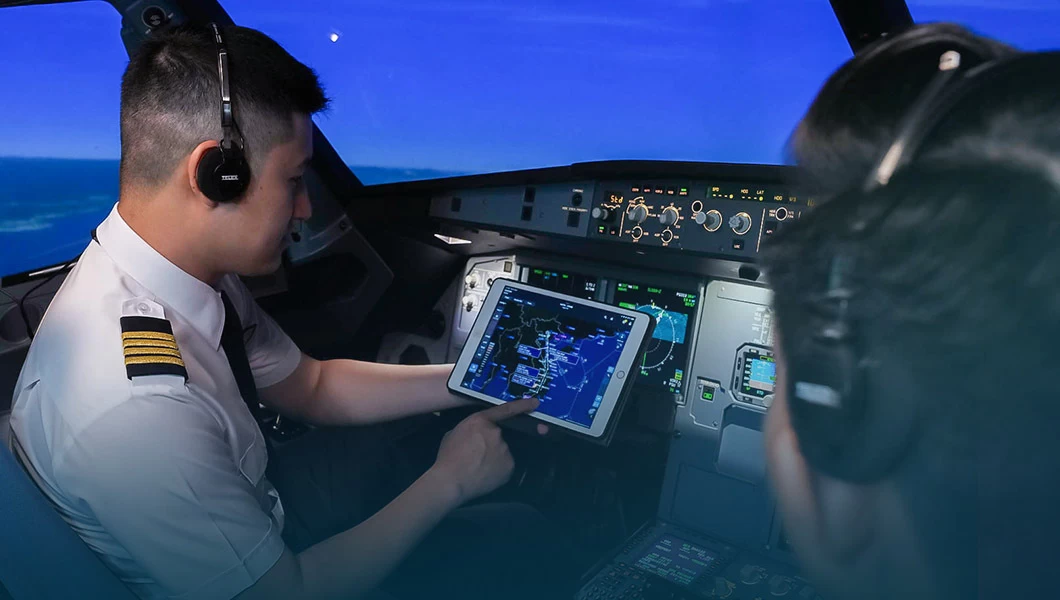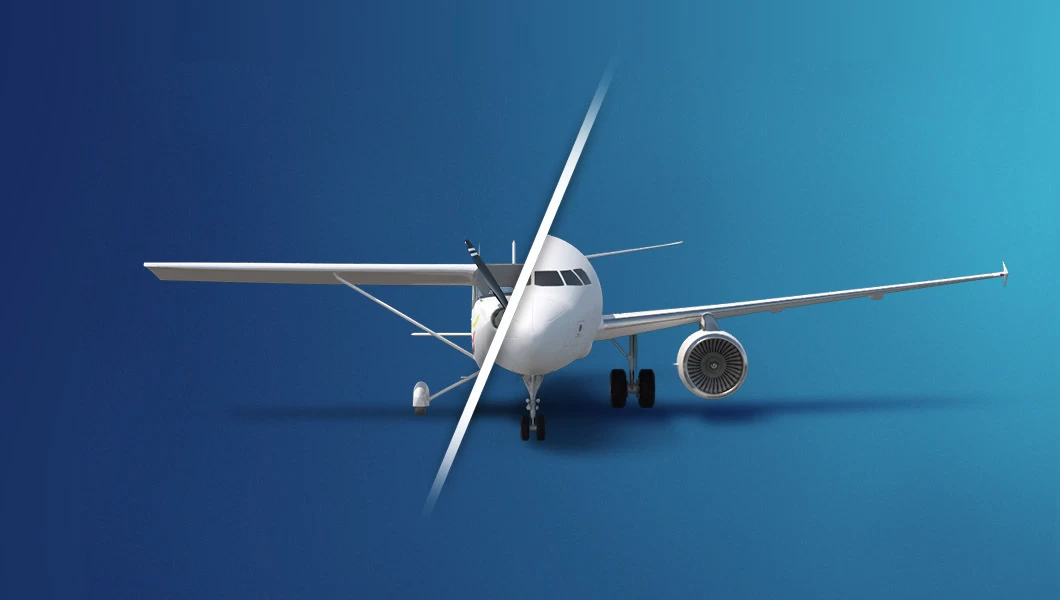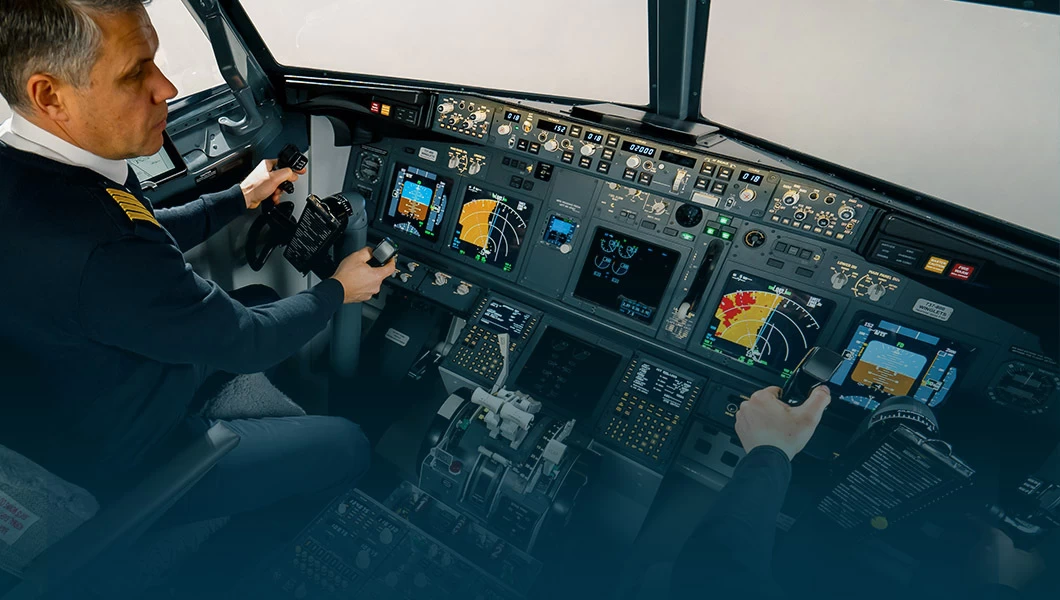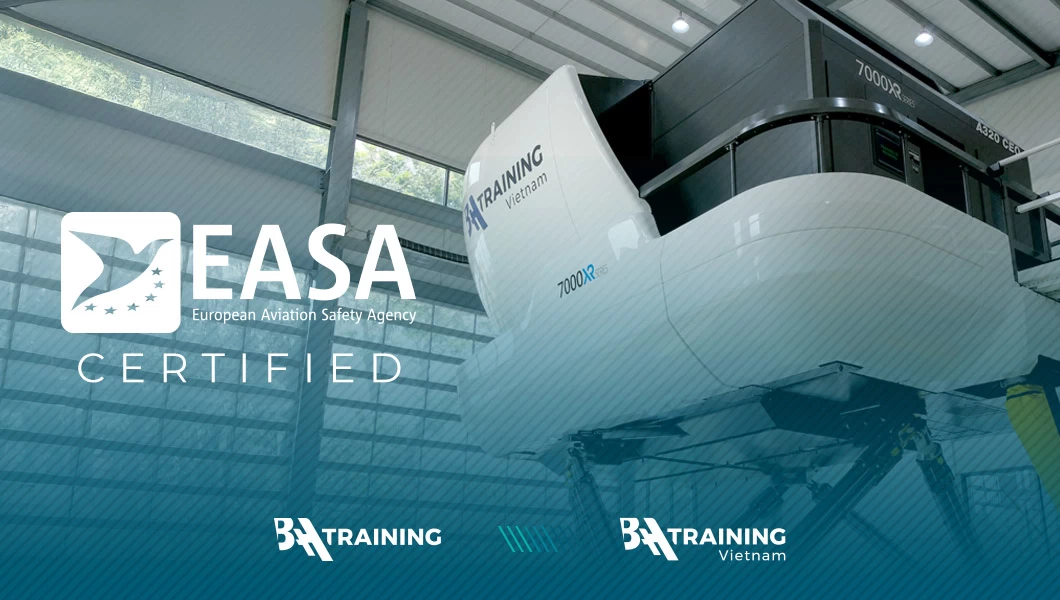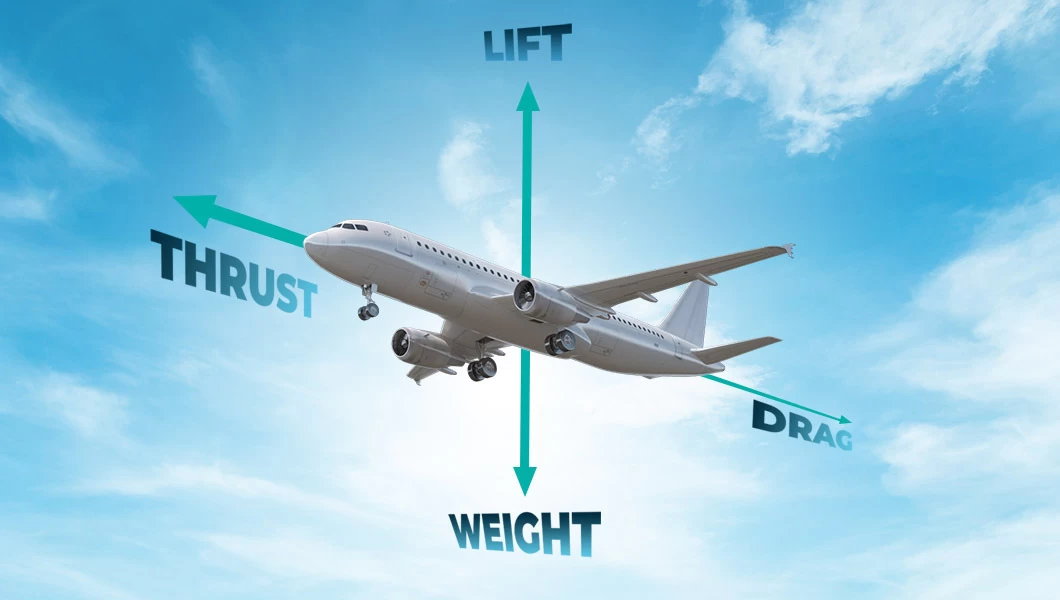Prefer to listen? Press play to hear this article.
Yet, as fleet expansion and automation increase across European aviation, a challenge is emerging: a pilot can pass the Type Rating check, only to possibly demonstrate a concerning lack of operational resilience when faced with the inevitable unpredictability of the line environment just weeks later.
According to Stian Skaar, Head of Training at BAA Training, the core issue lies in the traditional structure of training. “Quite a few of Type Rating programs in Europe remain focused on checking compliance boxes rather than training for dynamic, long-term competence.”
That is why it demands immediate attention. Data from the 2025 Aviation Talent Forecast underscores the urgency, predicting the need for approximately 57,000 new commercial pilots in Europe over the next decade. For training providers, this necessity drives commitment to the continuous adjustment and refinement of Type Rating programs, ensuring the delivery of airline-ready pilots who actively meet the highest operational expectations. Quality must remain paramount. This critical need aligns with the European Union Aviation Safety Agency’s (EASA) priority on ‘competence of personnel’ in its European Plan for Aviation Safety (EPAS) 2024/2025, pushing the industry to focus less on the final signature and more on continued performance under pressure.
Where Traditional Type Rating Programs Fall Short
Modern aircraft automation (FMS and autopilots) successfully reduces workload, but it does risk fostering an over-reliance on technology and the decline of fundamental manual flying skills. When systems operate as designed, pilots are expert managers; however, when unexpected failures occur—a frequent event known as Automation Surprise—some pilots may require greater adaptability when transitioning back to the role of a raw operator. Safety research indicates this surprise is common, often occurring multiple times per year per pilot, for some, highlighting a critical gap in human-automation interaction skills during initial Type Rating training.

“Some ATOs still inadvertently train pilots to be passengers during 95% of the flight where everything is nominal, and then we expect them to be instant top-of-the-class pilots for the 5% where critical systems fail,” explains Skaar. “This means that Type Rating programs across Europe have to focus on the moments before the failure, on the pilot’s mental model and their ability to intervene proactively.”
From Compliance Checks to Competence Training
To attempt to solve the paradox, ATOs should re-evaluate the distinction between a ‘check’ and ‘training.’ The current regulatory minimum rewards a compliance snapshot, prioritizing rote execution; operational reality demands a process of adaptive growth.
“The difference is purely psychological,” states Skaar. “When a pilot knows the session is a ‘check,’ they are primed to demonstrate compliance. They fly defensively, waiting for the predictable fault. But when they are in a dynamic ‘training’ scenario, where the scenario is non-linear and unexpected, they are forced to shift into problem-solving mode, which is what we practice within our Type Rating programs. This is also more in line with what the pilots can face when flying a real airplane. We cannot train our pilots for every scenario, but by training them to solve different problems, we practice techniques they can use when joining the airlines as pilots. Our main goal at BAA Training is to give the students industry-leading training to make them better pilots and increase their resilience in difficult situations.”
Your PILOT CAREER
starts with a first click
The shift requires two coordinated changes in Type Rating delivery: scenario realism should become the new standard, and training programs should begin adopting an Evidence Based Training (EBT) philosophy, notes Skaar. This way, it shifts simulator sessions from isolated ‘maneuver testing’ to full operational contexts. Pilots must be immersed in scenarios that require efficient handling of any non-normal situation that might arise.
“At our academy, we assess nine core pilot competencies and look at how we can help our pilots develop those competencies,” explains Skaar. “By doing so, it teaches them to manage the aircraft, not just the simulator.
“It also changes the role of Examiners/Instructors. They would need to transition into a mentor’s role, moving toward a more developmental and insight-driven evaluation. With this approach, their primary judgement would hinge on the examined pilot’s capacity to learn and adapt under pressure, demanding higher instructor judgement for post-check competence.”
Shifting the Metric
Operational success should become the true metric for Type Rating validation. The entire industry—regulators, airlines, and ATOs—has to collaboratively redefine the Type Rating completion standard to reflect the highly automated reality of the flight deck. The focus must transition from mere licensing to long-term line performance. The ultimate measure of a truly successful Type Rating program is the answer to one final question: What does competence and resilience look like 90 days after the check ride?
